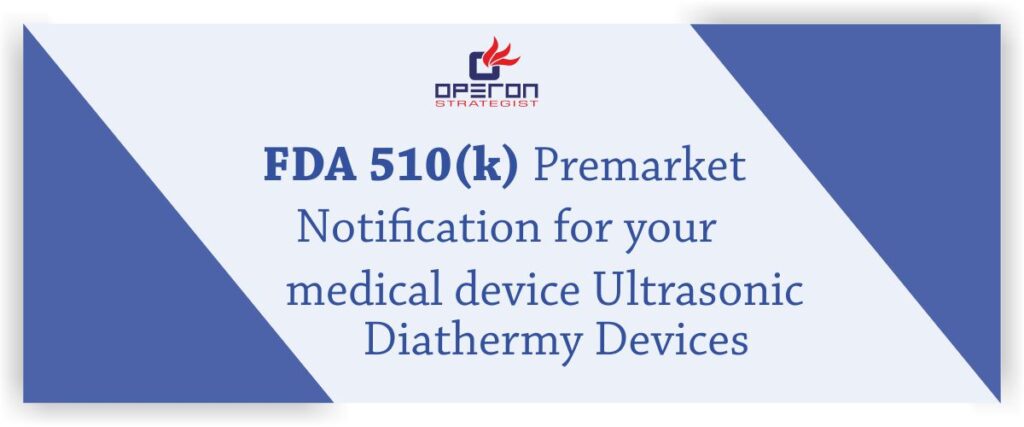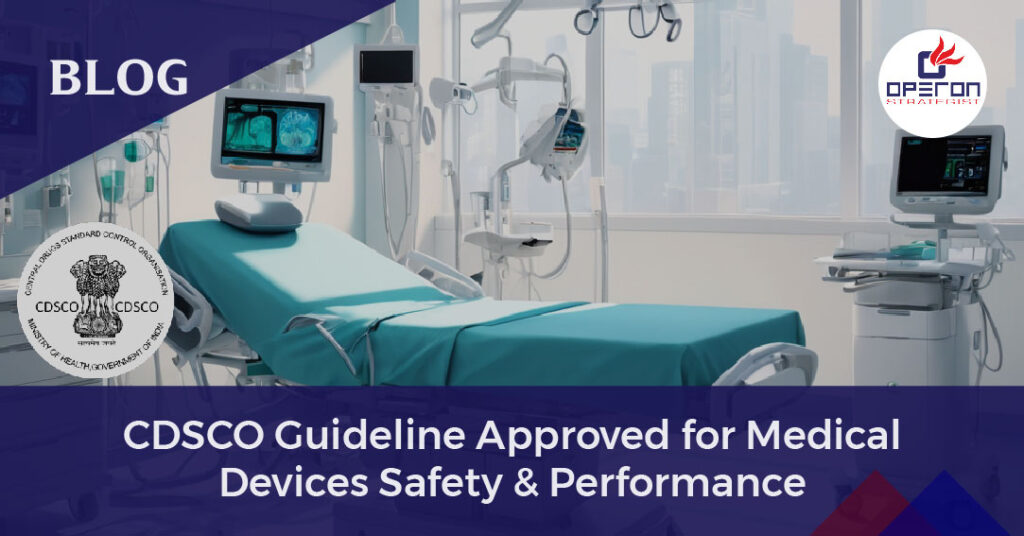Introduction
MDCG has combined the Q&A on addressing the most pertinent questions relating to custom-made devices falling under Regulation (EU MDR).

Specifically, the MDR regulatory status of adaptable medical devices and patient-matched medical devices is clarified in this Q&A. We have provided below some questions and answers from the same document. You can find the complete list below in references.
FAQ on Custom-Made Devices For EU MDR
1.Can parts, components or materials specifically intended to be used in a custom-made device, adaptable medical device or patient-matched medical device be placed on the market as medical devices according to the MDR?
In accordance with Article 2(1) MDR, the intended purpose of a medical device can be achieved either alone or in combination with other devices or products. Certain parts, components or materials may carry a medical intended purpose and can thus fulfil the definition of a medical device. By analogy, parts, components or materials of custom-made devices, adaptable medical devices or patient-matched medical devices may be CE-marked medical devices.
Accordingly, it is possible for “intermediate products” which are specifically intended for the manufacture of CMDs, adaptable medical devices or patient-matched medical devices to be also placed on the market as medical devices, as these products are specifically intended to become a part or component of a final CMD, adaptable medical device (finally adapted) or patient-matched medical device.6 Instructions for use provided by the manufacturer of these CE marked devices should be followed when performing further preparatory processing, preparation, configuration, installation, assembly, adaptation or fitting in order to meet the needs of the user or patient prior to their use.
2.What are the obligations of CMD manufacturers according to the MDR?
With the absence of stated exceptions, CMD manufacturers must meet nearly all of the MDR requirements. Although the authorised person issuing the written prescription primarily determines the design and intended purpose of the CMD, it is the responsibility of the CMD manufacturer to consider which MDR Annex I requirements are applicable to the device at hand.
Additionally, and as any other medical device manufacturer, CMD manufacturers shall establish, document, implement, maintain, keep up to date and continually improve a quality management system (QMS) that shall ensure compliance with the MDR in the most effective manner and in a manner that is proportionate to the risk class and the type of device. The QMS must address all elements described in Article 10(9) of the MDR. To implement an MDR compliant post-market surveillance system, the CMD manufacturer should establish appropriate communication channels with relevant healthcare providers/professionals or patients to receive feedback on the quality, performance and in particular the clinical performance and safety of the devices in the field.
For risk management, post-market surveillance and clinical evaluation life cycle processes as defined by the MDR, CMD manufacturers should apply these obligations to groups of devices with the same intended purpose, materials used, process utilised, same principal design etc. and not to each individual CMD. In accordance with Article 87(1) of the MDR, CMD manufacturers shall report to the competent authorities any serious incidents and/or field safety corrective actions as soon as they learn of them.
3.Which obligations of CMD manufacturers differ from those of other medical device manufacturers?
The conformity assessment procedure for all types of CMDs is described in MDR Annex XIII. In accordance with section 1 of Annex XIII, and in place of a declaration of conformity, CMDs shall be accompanied by an Annex XIII statement. This statement shall be made available to the particular patient or user identified by a name, an acronym or a numerical code. A conformity assessment procedure covering QMS certification by a notified body (in accordance with Chapter I of Annex IX or Part A of Annex XI of the MDR) is applicable to Class III implantable CMDs.11 According to Article 56 (5), the registration of QMS-certificates issued for Class III implantable CMD shall be entered into EUDAMED. In addition, manufacturers may have to comply with national requirements on the registration of economic operators and devices.
4.What are the implications for a CMD manufacturer using CE-marked devices referred to in question 2 instead of non-CE marked devices?
In both cases, it is the responsibility of the CMD manufacturer to establish full compliance of the CMD with the MDR. Where a CMD manufacturer uses a CE marked device, part, component or material (as described in Q2) for the purpose of manufacturing a CMD, then the CMD manufacturer may take into consideration the compliance of these aforementioned CE-marked products with the general safety and performance requirements of the MDR. When performing a clinical evaluation for the CMD, the CMD manufacturer can make use of the clinical evaluation performed for the aforementioned CE marked products, as this clinical evaluation (see also answer to Q3) can support the fulfilment of the general safety a performance requirements and demonstrating clinical evidence necessary for the final CMD.
When the CMD manufacturer has to perform further preparatory processing, preparation, configuration, installation, assembly, adaptation or fitting to the needs of the patient prior to the device’s use, this must be done in accordance with the instructions provided by the manufacturer of the CE-marked device. It must be noted that it is not possible to presume conformity or to rely on clinical evaluations of non-CE marked devices. It is also not possible to presume conformity or to rely on clinical evaluations of CE marked devices when they are being used outside of their intended purpose or outside the instructions provided by the manufacturer.
Read More – https://operonstrategist.com/resource/mdcg_2021-3_en_custom.pdf




